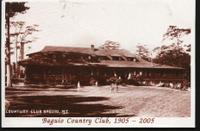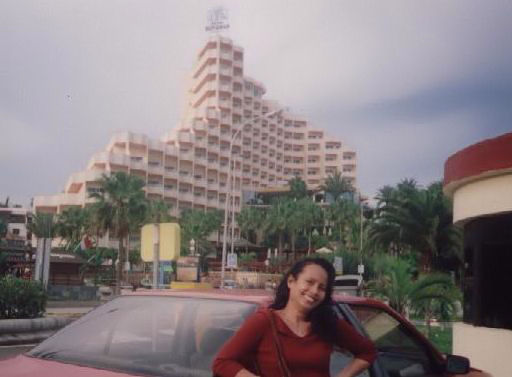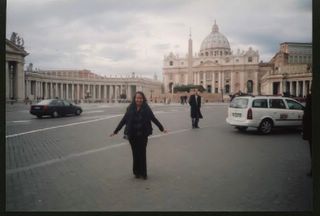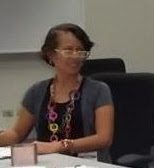 Sunsrise @ Baguio City
Sunsrise @ Baguio City! Ahhh! The
summer place!
I came to Baguio City for the third time! The first time was 1986, way before the Pines Hotel fell and crumbled to the ground brought about by the earthquake which hit the city shockingly! I was with my two brothers, my sister-in-law and of course- can't miss out my hubby too. It was really fantastic! And the second time, i was with my second daughter-Angela. It was her first time then and she was awed too! With all the sites- who wouldn't. She rode on the horse all the way around the rotunda all by herself... i-m-a-g-i-n-e! Oh yeah!
And this time i went there for a four-day official occular inspection of their STP (Sewerage Treatment Plant). I know, it sounds yulks, but mind you i had the greatest time ever! I stayed over @
Baguio City Country Club. It was built on 1905, when the Americans were still here. The picture above was taken on its innaugural opening day -
1905. And this is how it looks today:

And below are the photos i took of the awesome sunrise ! I stayed for four days ! Although raindrops came falling when i got there, but amazingly enough it was only a drizzle. And after that, off i went to the sites (again)!
On the first morning, i woke up quite early and was awed by the view! I think we (sun and me) got up @ the same time! So i took my digicam and click it went... one after another.
Click on the pict to enlarge









----------------------------------------------------------
You might notice the tags i gave on the picts, i was so excited that i mis- tagged them as "sunset", foolish me huh. Enjoy the views!





















